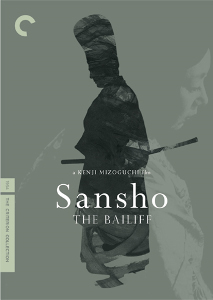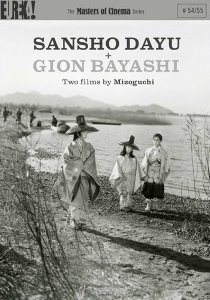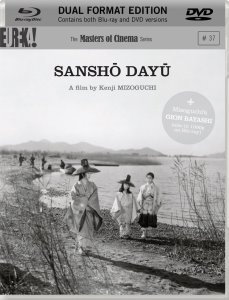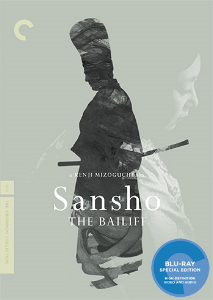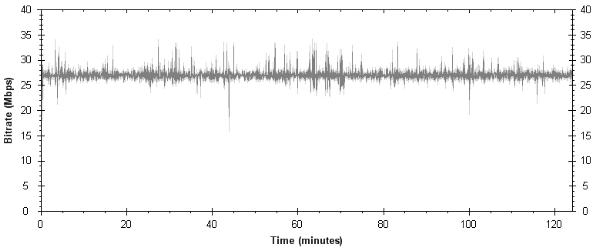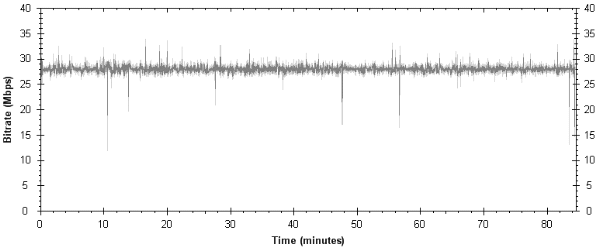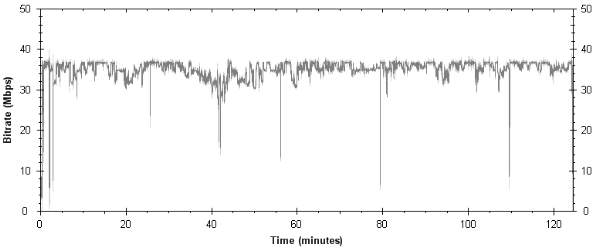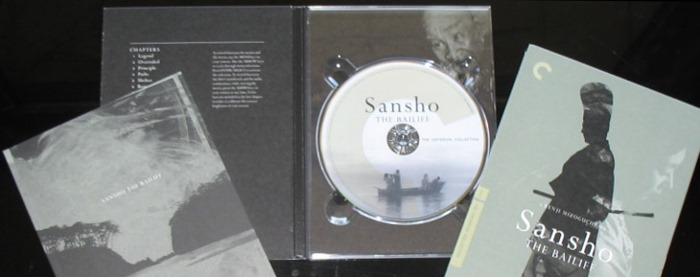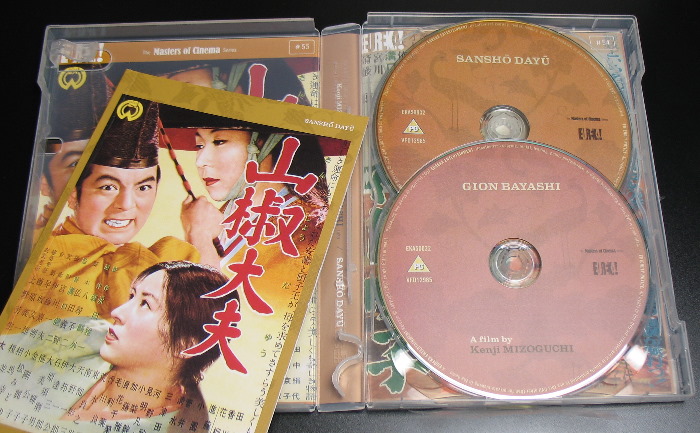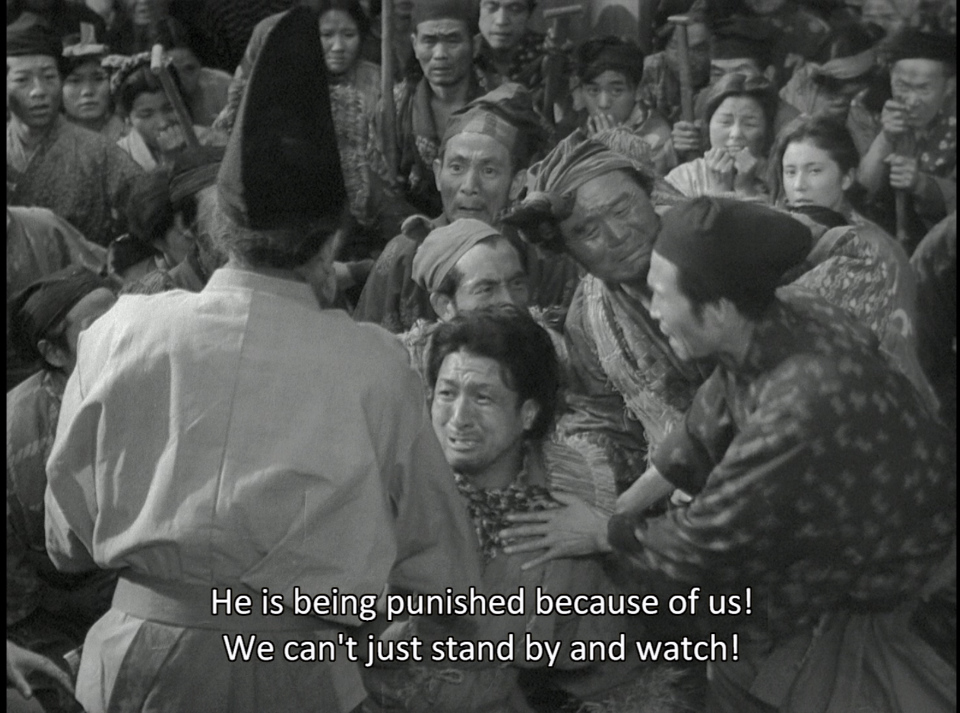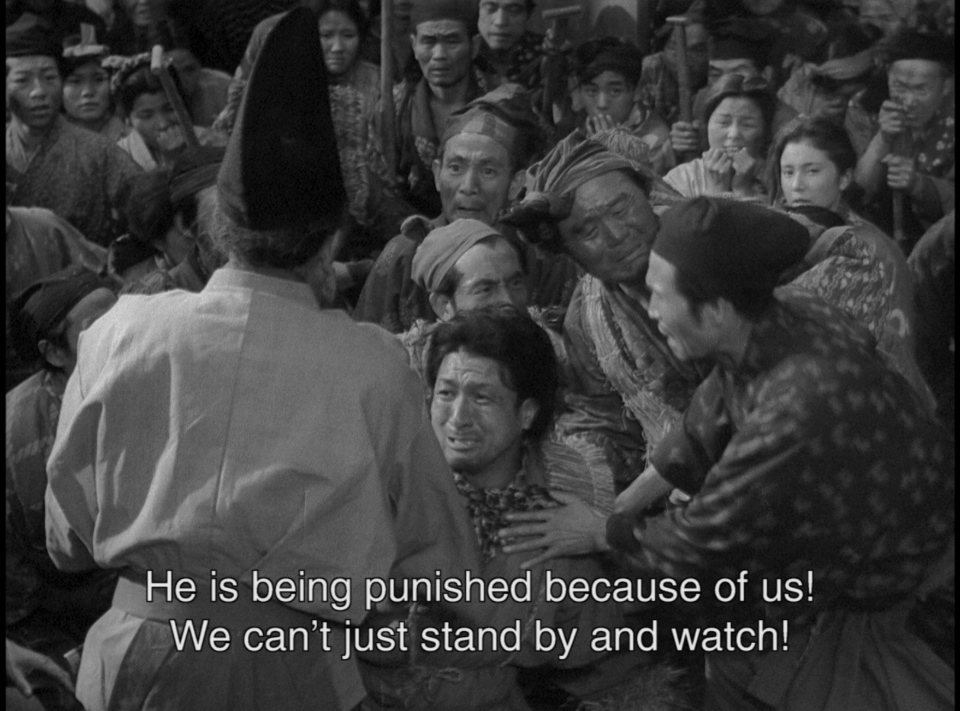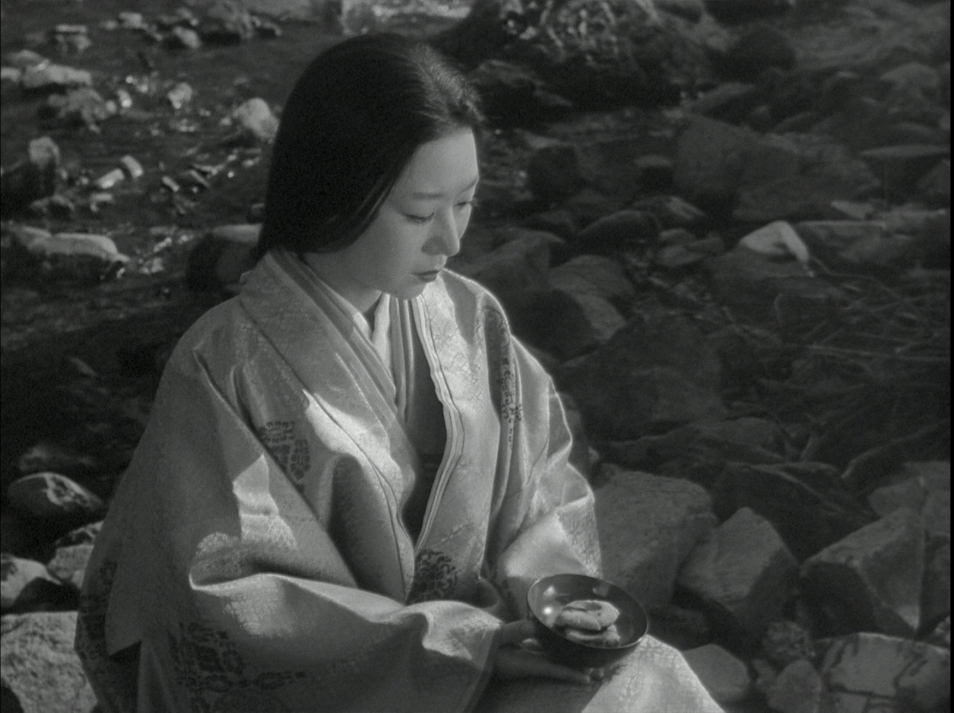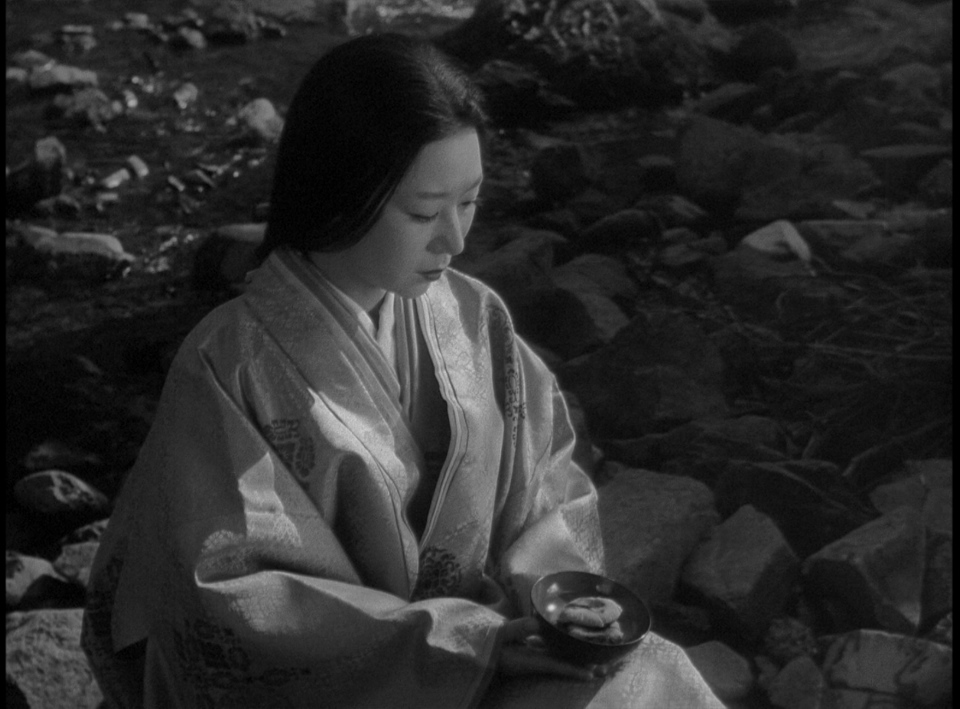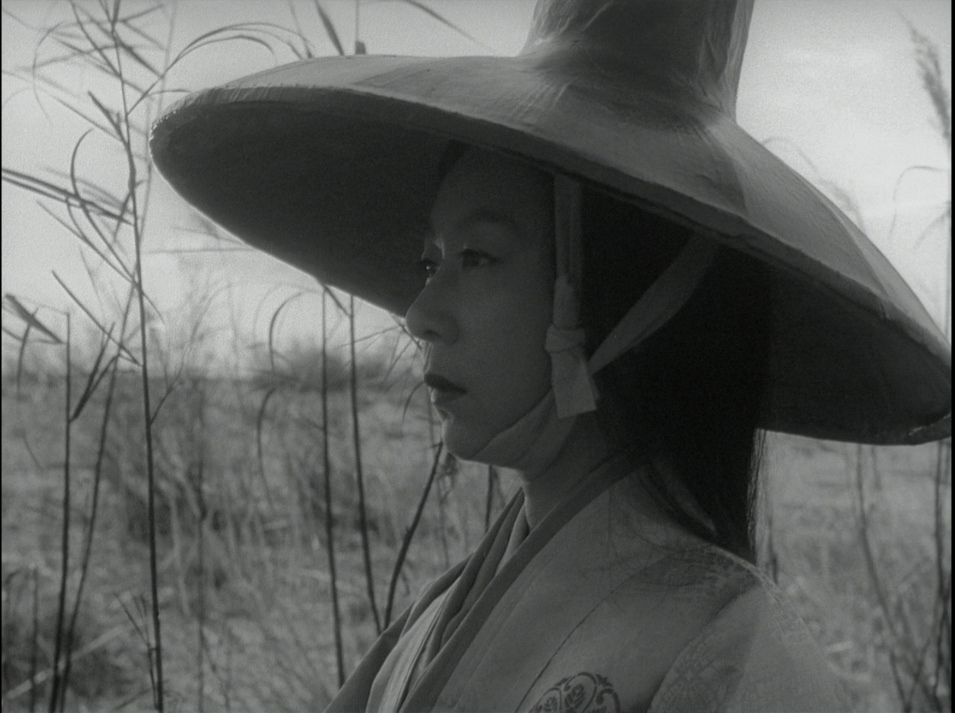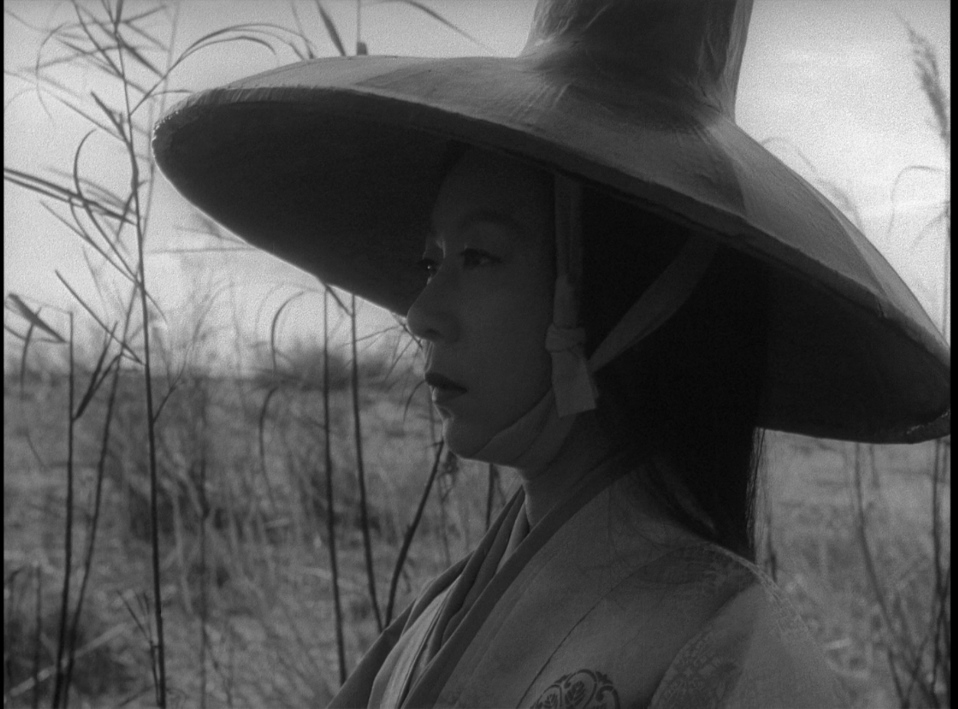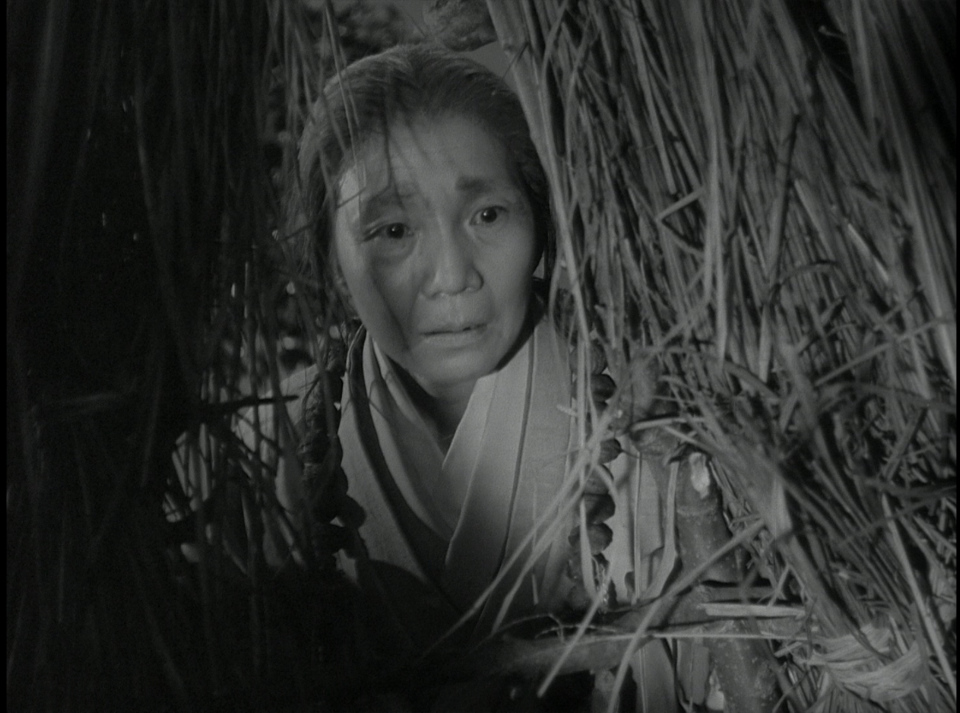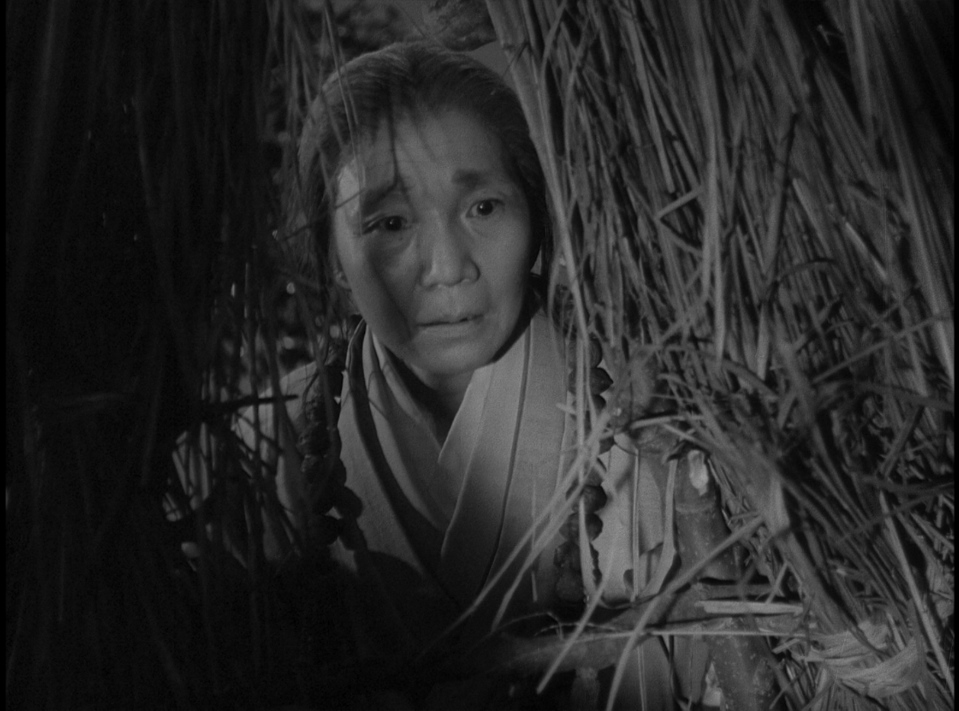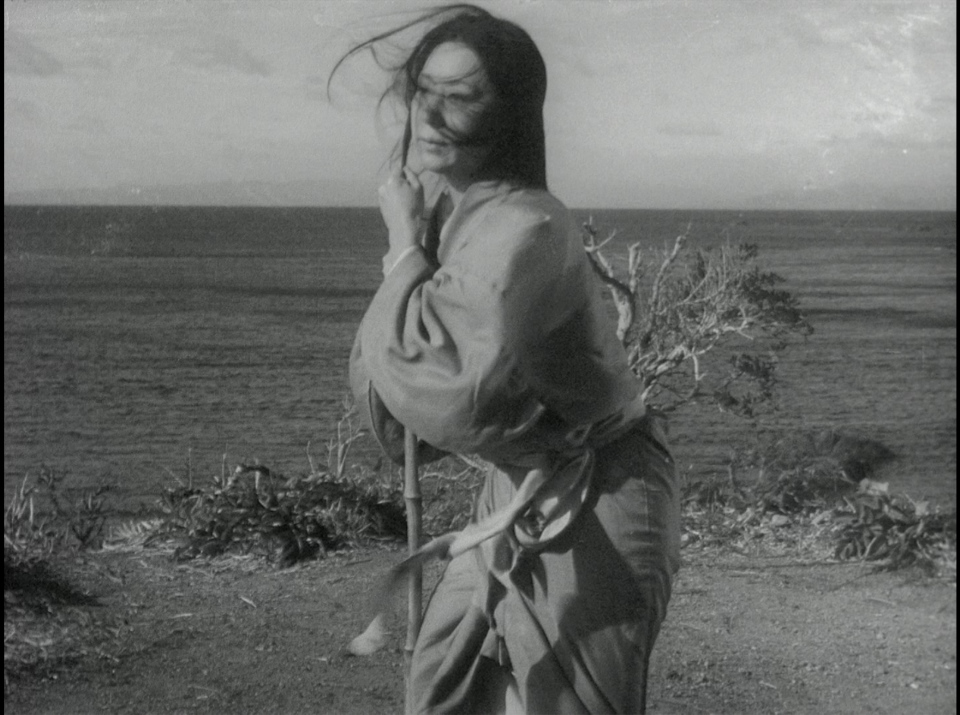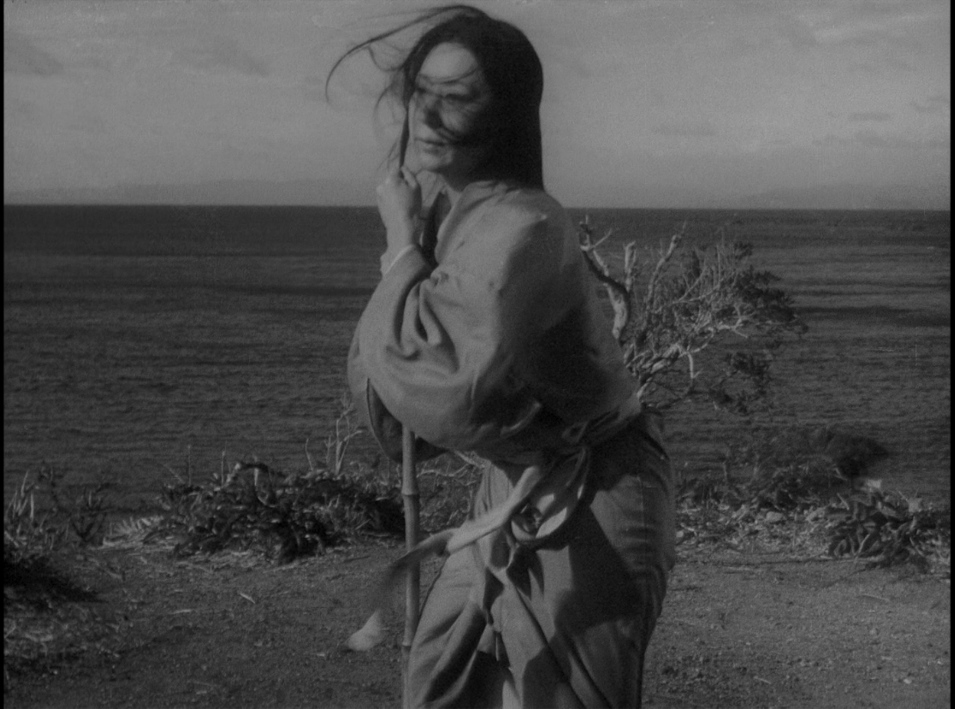|
An enormous, sincere thank you to our
phenomenal
Patreon
supporters! Your unshakable dedication
is the bedrock that keeps DVDBeaver
going - we’d be lost without you. Did
you know? Our patrons include a
director, writer, editor, and producer
with honors like Academy Awards for Best
Picture and Best Director, a Pulitzer
Prize-winning screenwriter, and a Golden
Globe-winning filmmaker, to name a few!
|
![]()
![]()

![]()
![]()
|
Search DVDBeaver |
S E A R C H D V D B e a v e r |
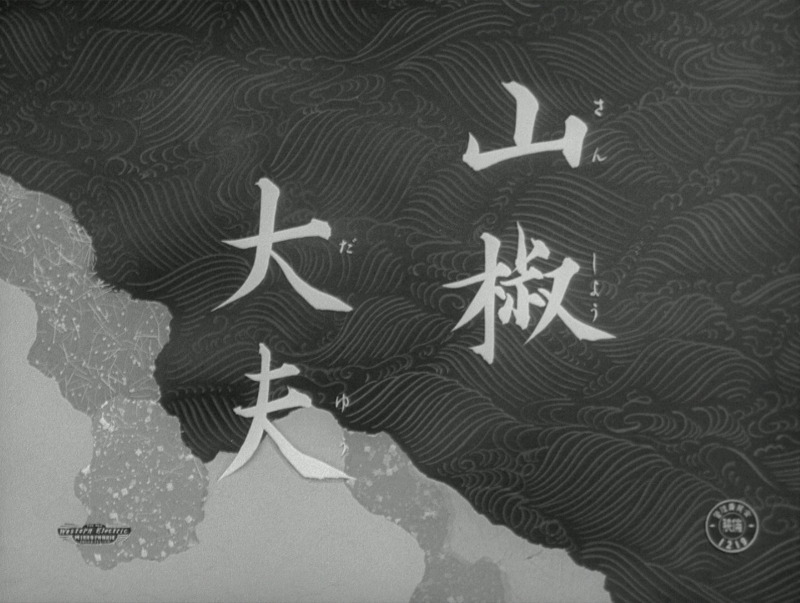
(aka 'Sanshô dayû' olr 'Legend of Bailiff Sansho' or 'Sansho the Bailiff' or 'The Bailiff')
Directed by
Kenji Mizoguchi
Japan 1954
|
Based on an ancient legend, as
recounted by celebrated author Mori Ogai (in his short story of the same name,
written in 1915), and adapted by Japanese director Mizoguchi Kenji, Sansho
Dayu is both distinctively Japanese and as deeply affecting as a Greek
tragedy. Described in its opening title as “one of the oldest and most tragic in
Japan’s history”, Mizoguchi depicts an unforgettably sad story of social
injustice, family love, personal sacrifice, and fateful tragedy. **** When an idealistic governor disobeys the reigning feudal lord, he is cast into exile, his wife and children left to fend for themselves and eventually wrenched apart by vicious slave traders. Under Kenji Mizoguchi’s dazzling direction, this classic Japanese story became one of cinema’s greatest masterpieces, a monumental, empathetic expression of human resilience in the face of evil. **** A humane provincial governor in 11th century Japan is forced into exile by his political opponents, and the members of his family (wife, son and daughter) fall victim to all the cruelties of the period while on their way to join him. Mizoguchi views this deliberately simple story (in Japan it is known as a folk-tale) from two perspectives at once: from the inside, as an overwhelmingly moving account of a man (the son) facing up to his own capacity for barbarism; and from the outside, as an infinitely tender meditation on history and individual fate. The twin perspectives yield a film that is both impassioned and elegiac, dynamic in its sense of the social struggle and the moral options, and yet also achingly remote in its fragile beauty. The result is even more remarkable than it sounds. |
Posters (Sansho left - Gion right)
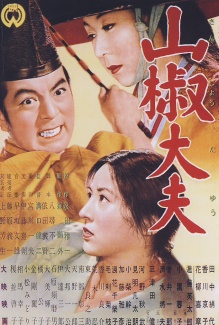 |
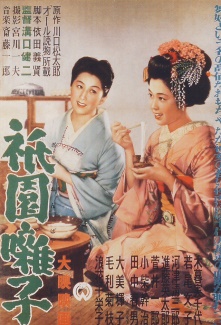 |
Theatrical Release: March 31st, 1954
Reviews More Reviews DVD Reviews
Comparison:
|
Criterion - Region 1 - NTSC vs. Eureka (Masters of Cinema) - Region 2 - NTSC vs. Masters of Cinema - Region 'B' - Blu-ray vs. Criterion - Region 'A' - Blu-ray
|
| Box Cover |
|
|
|
Coming to the UK by Criterion on Blu-ray in December 2025: |
| Distribution | Criterion Collection - Spine # 386 - Region 1 - NTSC | Eureka - Masters of Cinema Series - Spine #'s 54 + 55 - Region 2 - NTSC | Eureka (Masters of Cinema) Spine # 37 - Region 'B' - Blu-ray | Criterion Collection - Spine # 386 - Region 'A' - Blu-ray |
| Runtime | 2:04:12 | 2:04:24 (1:24:51 for Gion Bayashi) | 2:04:04.687 (1:24:33.109 for Gion Bayashi) | 2:04:25.040 |
| Video | 1.33:1
Aspect Ratio Average Bitrate: 6.15 mb/s NTSC 720x480 29.97 f/s |
1.33:1
Aspect Ratio Average Bitrate: 7.31 mb/s NTSC 720x480 29.97 f/s |
1.33:1 - 1080P Dual-layered Blu-rayDisc Size: 48,845,250,102 bytesFeature: 27,121,360,896 bytes Video Bitrate: 26.99 MbpsCodec: MPEG-4 AVC Video Gion Bayashi: 1.33:1 - 1080P Feature: 19,159,308,288 bytes Video Bitrate: 27.99 MbpsCodec: MPEG-4 AVC Video |
1.33:1 - 1080P Dual-layered Blu-rayDisc Size: 46,970,283,629 bytesFeature: 36,682,690,560 bytes Video Bitrate: 34.98 MbpsCodec: MPEG-4 AVC Video |
|
NOTE: The Vertical axis represents the bits transferred per second. The Horizontal is the time in minutes. |
||||
| Bitrate:
Criterion |
|
|||
| Bitrate:
MoC - Sansho Dayu |
|
|||
| Bitrate:
MoC - Gion Bayashi |
|
|||
| Bitrate:
MoC Sansho the Bailiff - Blu-ray |
|
|||
| Bitrate:
MoC - Gion Bayashi Blu-ray |
|
|||
| Bitrate:
Criterion - Sansho - Blu-ray |
|
|||
| Audio | Japanese (Dolby Digital 1.0) | Japanese (Dolby Digital 1.0) | DTS-HD Master Audio Japanese 724 kbps 2.0 / 48 kHz / 724 kbps / 16-bit (DTS Core: 2.0 / 48 kHz / 512 kbps / 16-bit) | LPCM Audio Japanese
1152 kbps 1.0 / 48 kHz / 1152 kbps / 24-bit Dolby Digital Audio English 192 kbps 1.0 / 48 kHz / 192 kbps |
| Subtitles | English, None | English, None | English, None | English, None |
| Features |
Release Information: Edition Details: • Audio
commentary by Japanese-literature professor Jeffrey Angles |
Release Information: Edition Details: • Gion Bayashi on 2nd disc • Video discussion about Sansho Dayu by acclaimed Japanese film expert/critic, festival programmer, and filmmaker Tony Rayns.
• Original trailer and original teaser trailer for Gion |
Release Information: Disc Size: 48,845,250,102 bytesFeature: 27,121,360,896 bytes Video Bitrate: 26.99 MbpsCodec: MPEG-4 AVC Video Gion Bayashi: 1.33:1 - 1080P Feature: 19,159,308,288 bytes Video Bitrate: 27.99 MbpsCodec: MPEG-4 AVC Video
Edition Details: • Gion Bayashi in 1080P • Video discussion about Sansho Dayu by acclaimed Japanese film expert/critic, festival programmer, and filmmaker Tony Rayns.
• Original trailer and original teaser trailer for Gion
DVD of the Feature. |
Release Information: 1.33:1 - 1080P Dual-layered Blu-rayDisc Size: 46,970,283,629 bytesFeature: 36,682,690,560 bytes Video Bitrate: 34.98 MbpsCodec: MPEG-4 AVC Video Edition Details:
• Audio commentary featuring Japanese-literature scholar Jeffrey Angles |
| Comments: |
NOTE: The below Blu-ray captures were taken directly from the Blu-ray disc. ADDITION Blu-rays - January 2013: I am always moved by this film. Strangely there is not that much to say about the opposing Blu-ray packages. They are both excellent. Mizoguchi fans, Japanese films fans or simply world cinema fans should be highly appreciative that the two best Blu-ray companies in the world have chosen this masterpiece in their respective catalogues. With the Masters of Cinema Blu-ray housing both Sansho and Gion Bayashi - the bitrate is much lower on the main feature than the more robust Criterion that only has the 2-hour feature, plus extras. The contrast is superior on the Criterion, with the MoC looking a bit greenish throughout. So the differences stem from wanting Gion Bayashi in 1080P also - or an improved transfer for Sansho the Bailiff. Audio - Masters of Cinema went for a DTS-HD Master and Criterion with a linear PCM - maybe sounding a bit tinnier. There are excellent English subtitle translations on both releases. In supplements the packages duplicate the respective DVDs with MoC having the brilliant Tony Rayns twice and Criterion having the commentary and 3 interviews. Both offer impressive, and extensive, liner notes booklets. The UK package is 'Dual Format' and includes a DVD of the feature. I'd say, if you aren't convinced one way of the other by the differences, and can chose without hindered by region coding - then I would simply get the cheapest for your geographical location. Both releases get our highest recommendation!*** ADDITION: Eureka - Masters of Cinema - November 07': In short - both images look fabulous to me. The Criterion has bumped the black levels slightly and it appears to be somewhat sharper because of it. The biggest difference for many will be the pictureboxing (see our full description of 'pictureboxing' in our Kind Hearts and Coronets review). NOTE: The Criterion captures below have been put in their own table to indicate the amount of the pictureboxing (indicated by the black border circumventing the edge). Where this may benefit systems that produce overscan (ex. production made cathode ray tubes) - it detracts from systems that do not requite it (ex. HTPC). Other prominent differences: • The MoC has added a second dual-layered disc with Gion Bayashi (see captures below). It's a fabulous film although the MoC image quality has a few issues of damage and flickering contrast. Very watchable though. • The Criterion has the Angels commentary. The MoC has the video discussion(s) - one on each disc - by Tony Rayns (BTW, these are excellent at 10 minutes and 30 minutes respectively). • The Criterion is region 1, the MoC is region 2. Both are NTSC. Both have wonderful liner notes booklets (see 'Edition Details' above for specifics). I could read these constantly. Personally, I am happy owning both - MoC's inclusion of Gion Bayashi is somewhat of an essential in my eyes now (this addition is very noteworthy in my mind despite the inconsistencies with the print available). I can't believe I'd never seen it before now. I also appreciate owning Sanshô dayû in a non-pictureboxed transfer. The Criterion commentary is golden so I see no option for me but to own both. Having no English-friendly Sansho the Bailiff on DVD for all these years and then two stellar editions both in 2007 is unthinkable. ***
We should count ourselves extremely fortunate that a company like Criterion, at the pinnacle of DVD production, are the ones releasing this film digitally, as they did with Ugetsu, to the English-speaking world. This is a film that was not even released in the US until 1969 and it is regarded as one of cinema’s greatest masterpieces. I don't know that it has ever been broadcast on North American television - you would never see this outside a festival retrospective. Many were able to view Sansho the Bailiff by purchasing the VHS and suffering all the limitations of that format. The Criterion image exceeds expectations. It is again pictureboxed but many of us incorrectly assumed that because Ugetsu came out first that Sansho, frequently cited as a more lauded Mizoguchi favorite, had elements in worse condition. If they were of lesser quality you wouldn't know it by this Criterion DVD. It has fewer visible scratches than Ugetsu and is quite possibly even sharper. Both exhibit Criterion's pristine contrast. As expected this DVD is progressive, sports optional English subtitles and original Japanese mono audio. Criterion's painstaking digital cleansing, stated on the their website as "Thousands of instances of dirt, debris, and scratches were removed using the MTI Digital Restoration System.", makes their restoration a true joy to watch. I only have the VHS to compare to and this DVD is a staggering improvement.
Supplements include a thoroughly professional audio commentary by Japanese literature professor Jeffrey Angles. He examines the various versions of Sanshô dayû and where Mizoguchi and the writers, Fuji Yahiro and Yoshikata Yoda, took liberties with the original Ogai Mori story. Pretty high-brow stuff but after introducing himself in Japanese, Angles goes on to give an entertaining and informative commentary. There are some short gaps where he lets the narrative flow and times where he himself narrates/explains some less than obvious plot details. In short it is as professional and prepared a commentary as I have heard this year. No one who bothers to listen will be disappointed. There are three separate video interview featurettes. The first, entitled Performance, is about 10 minutes long with legendary actress Kyoko Kagawa (who, unbelievably, also worked with Kurosawa, Ozu and Naruse) and she relates some of her memories of working with Mizoguchi. The second is called Production, and is 15 minutes long with assistant director Tokuzo Tanaka. It's an exceptional technical overview of Mizoguchi's techniques. The final interview, called Simplicity, almost 25 minutes long with critic/historian Tadao Sato who expands on some of Mizoguchi's themes. All three are excellent. Finally there is an 80-page book included - it has an essay by scholar Mark Le Fanu, 'The Lessons of Sansho', and two versions of the story on which the film was based--Ogai Mori’s 1915 "Sansho Dayu," in an acclaimed translation by J. Thomas Rimer, and a written form of an earlier oral variation, in a new English translation. Folks, this is a perfect and complete a DVD as you are ever to likely purchase. A masterpiece of a film, in as pure a form as technically available, with viable and relevant extra features. Criterion continues to raise the bar and this DVD is absolutely essential. |
Criterion Packaging
|
|
Masters of Cinema Packaging
|
|
Menus
(Criterion - Region 1 - NTSC LEFT vs. Eureka (Masters of Cinema) - Region 2 - NTSC RIGHT)
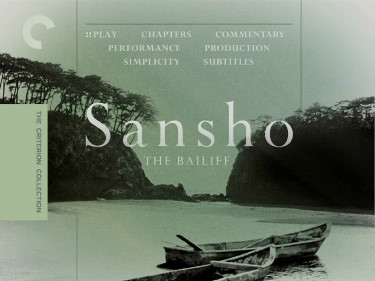 |
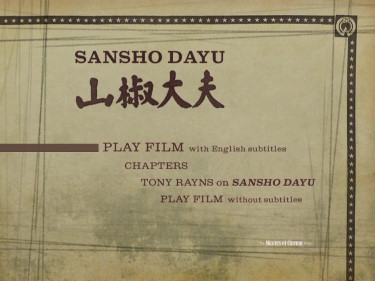 |
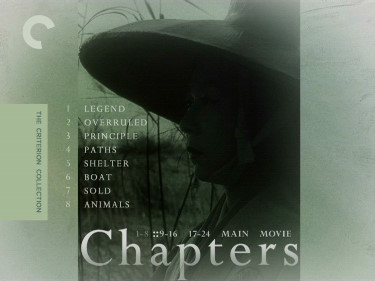 |
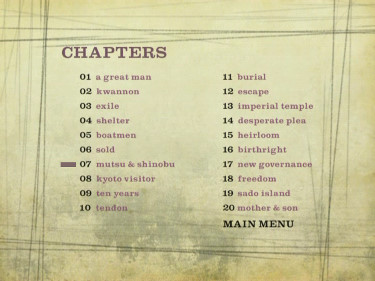 |
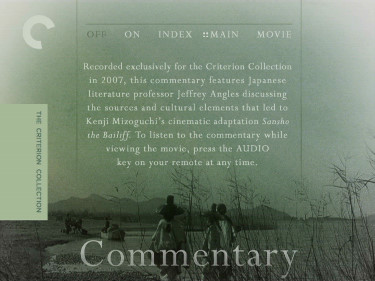 |
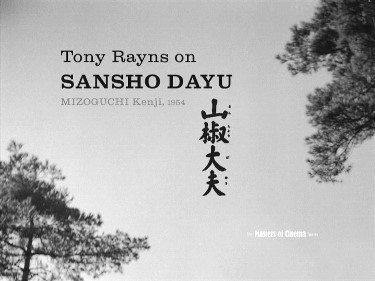 |
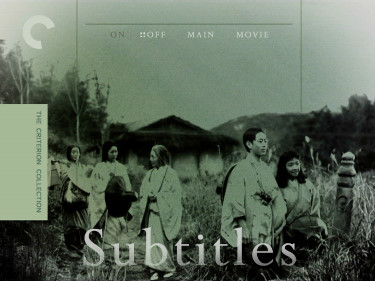 |
 |
|
Gion Bayshi Menus |
|
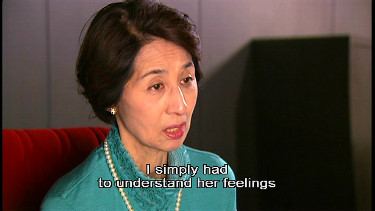 |
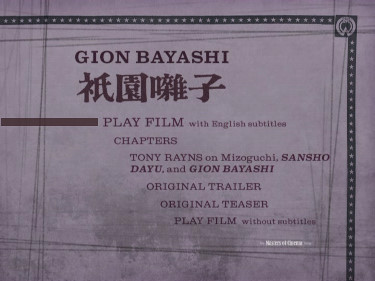 |
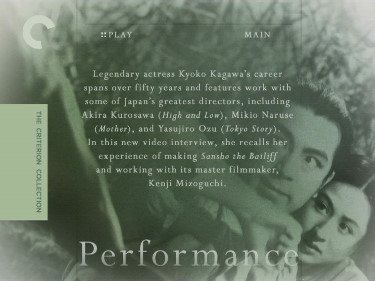 |
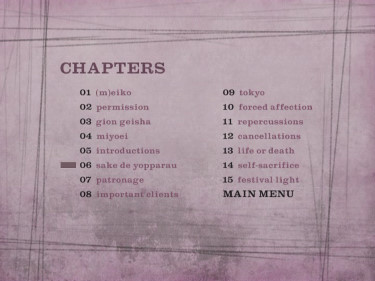 |
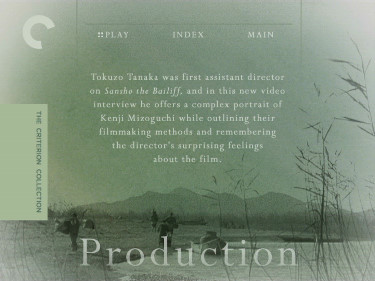 |
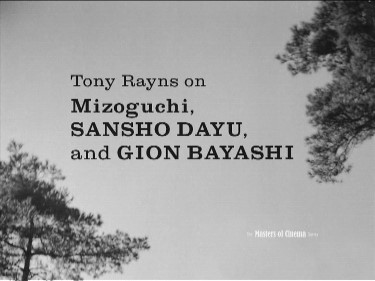 |
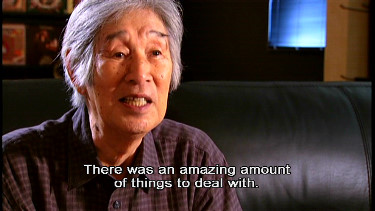 |
 |
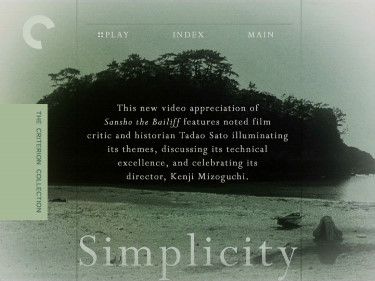 |
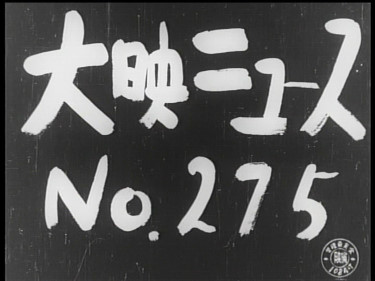 |
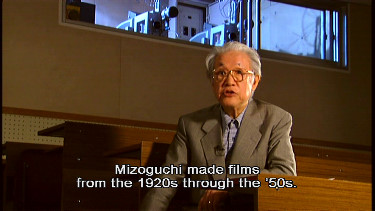 |
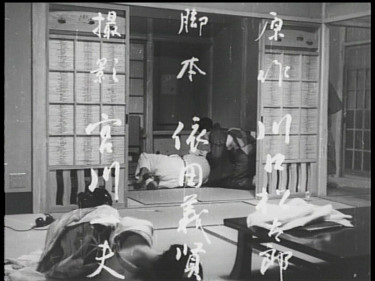 |
Masters of Cinema - Region 'B' Blu-ray LEFT vs. Criterion - Region 'A' Blu-ray RIGHT
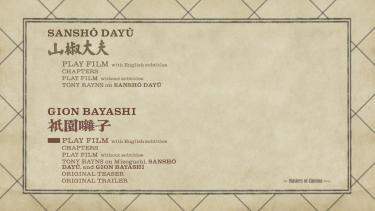 |
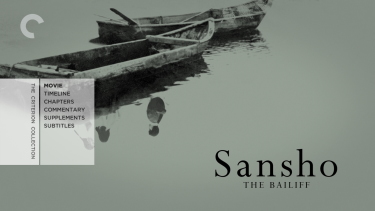 |
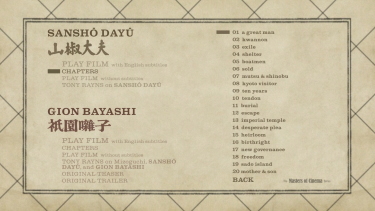 |
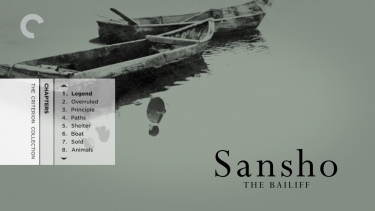 |
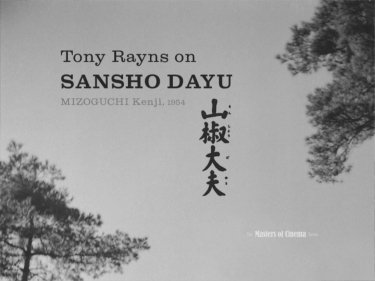 |
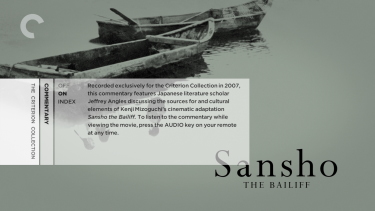 |
 |
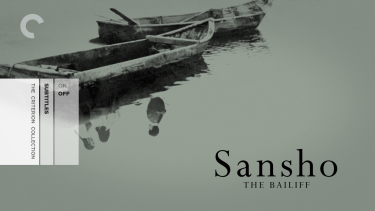 |
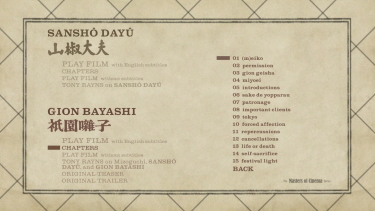 |
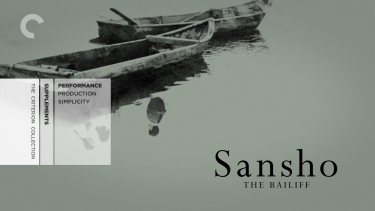 |
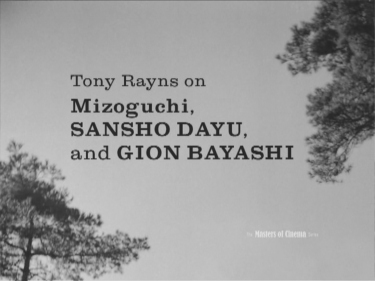 |
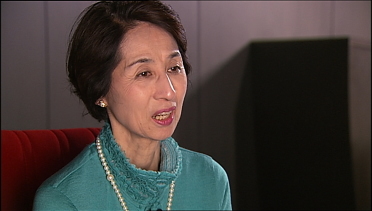 |
 |
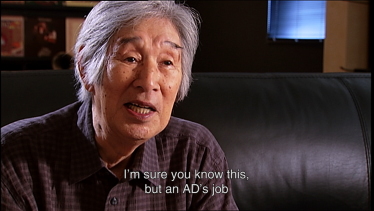 |
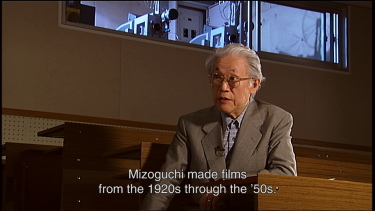 |
CLICK EACH BLU-RAY CAPTURE TO SEE ALL IMAGES IN FULL 1920X1080 RESOLUTION
Subtitle Sample
NOTE: Not exact frame
|
1) Criterion - Region 1 - NTSC TOP 2) Eureka (Masters of Cinema) - Region 2 - NTSC SECOND 3) Masters of Cinema - Region 'B' Blu-ray THIRD 4) Criterion - Region 'A' Blu-ray BOTTOM |
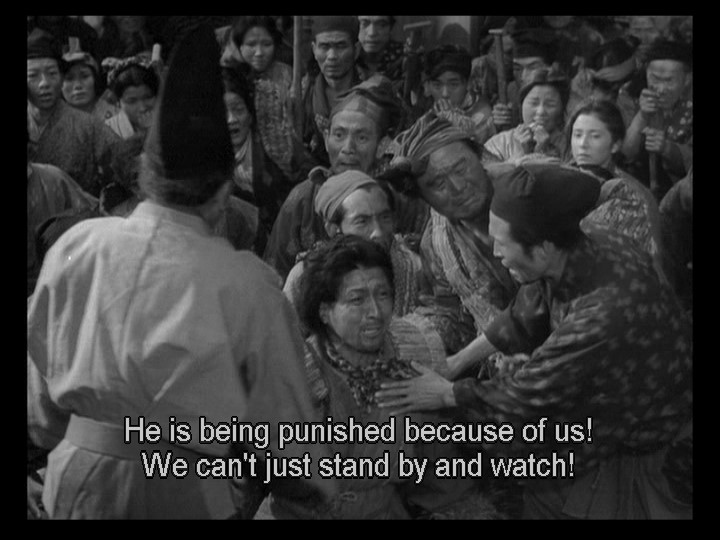 |
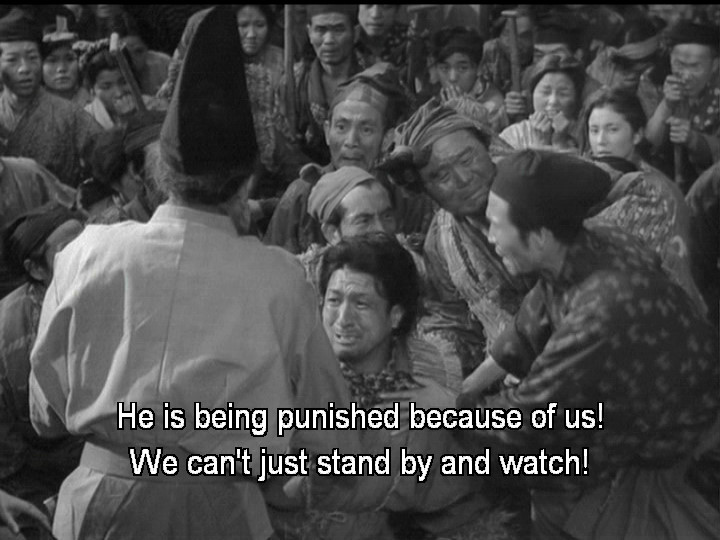 |
Screen Captures
|
1) Criterion - Region 1 - NTSC TOP 2) Eureka (Masters of Cinema) - Region 2 - NTSC SECOND 3) Masters of Cinema - Region 'B' Blu-ray THIRD 4) Criterion - Region 'A' Blu-ray BOTTOM |
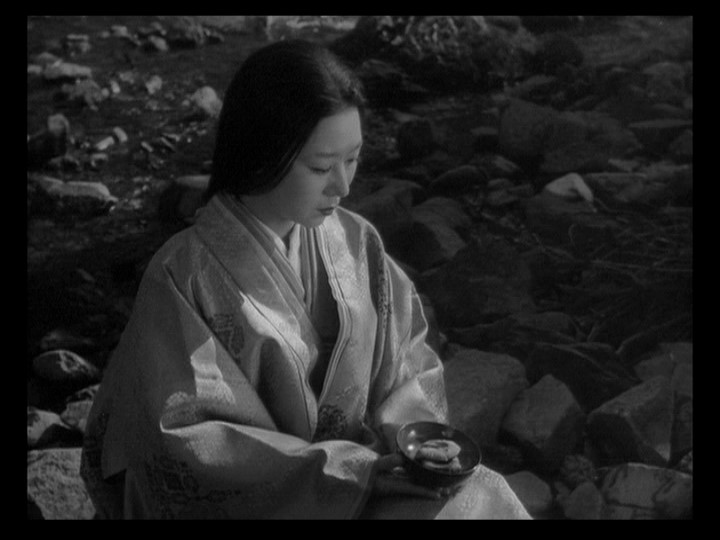 |
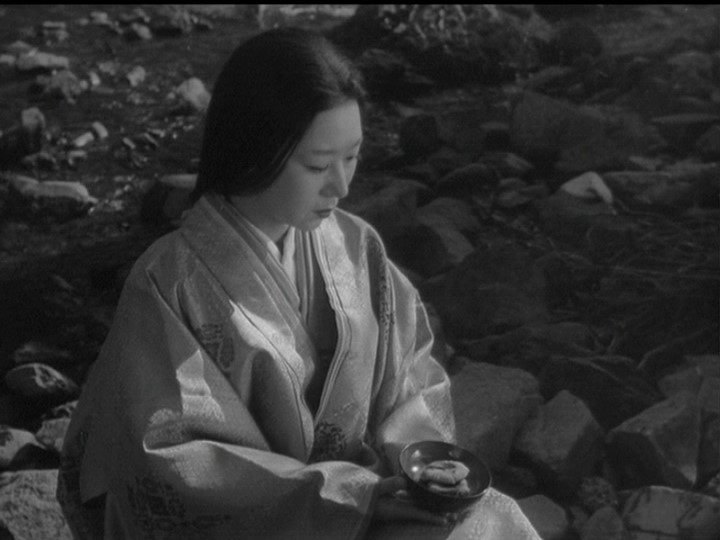 |
|
1) Criterion - Region 1 - NTSC TOP 2) Eureka (Masters of Cinema) - Region 2 - NTSC SECOND 3) Masters of Cinema - Region 'B' Blu-ray THIRD 4) Criterion - Region 'A' Blu-ray BOTTOM |
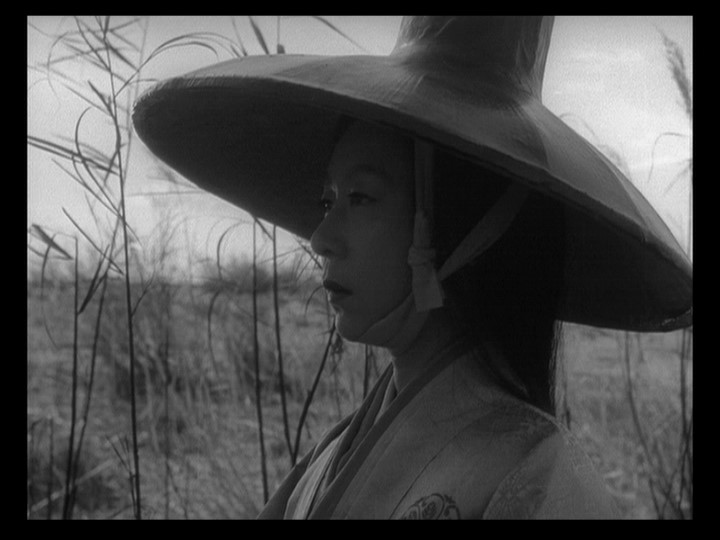 |
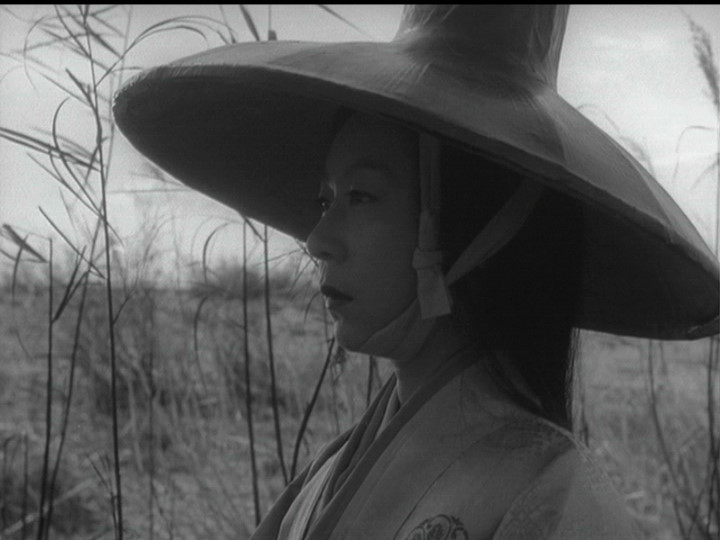 |
|
1) Criterion - Region 1 - NTSC TOP 2) Eureka (Masters of Cinema) - Region 2 - NTSC SECOND 3) Masters of Cinema - Region 'B' Blu-ray THIRD 4) Criterion - Region 'A' Blu-ray BOTTOM |
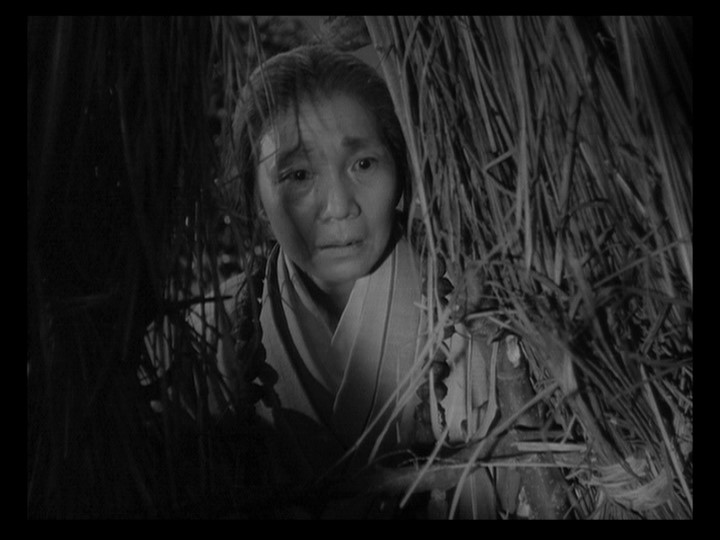 |
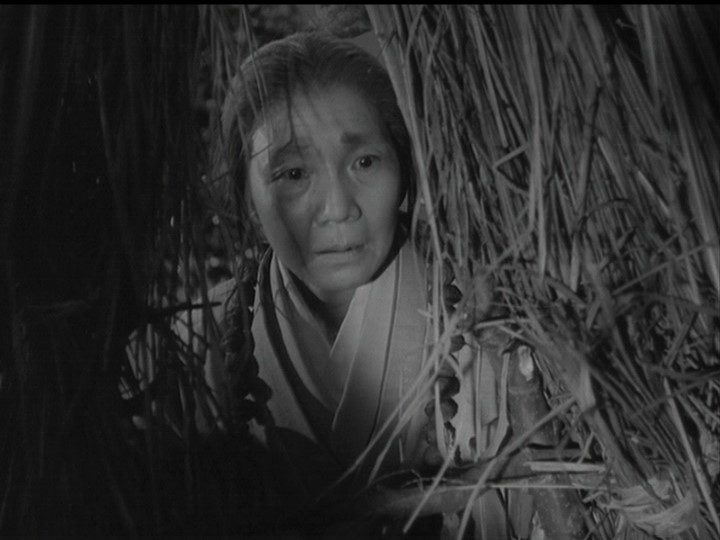 |
|
1) Criterion - Region 1 - NTSC TOP 2) Eureka (Masters of Cinema) - Region 2 - NTSC SECOND 3) Masters of Cinema - Region 'B' Blu-ray THIRD 4) Criterion - Region 'A' Blu-ray BOTTOM |
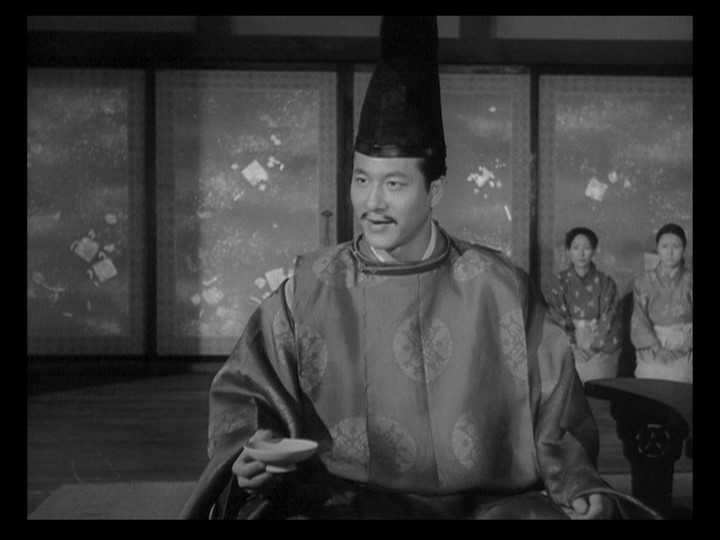 |
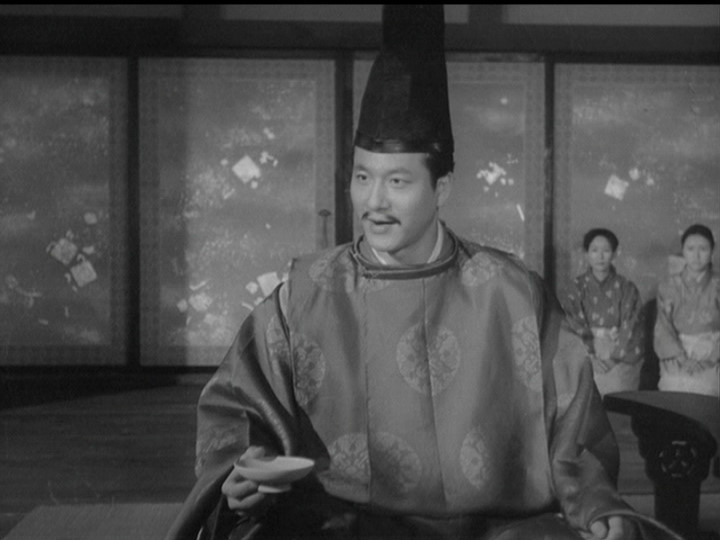 |
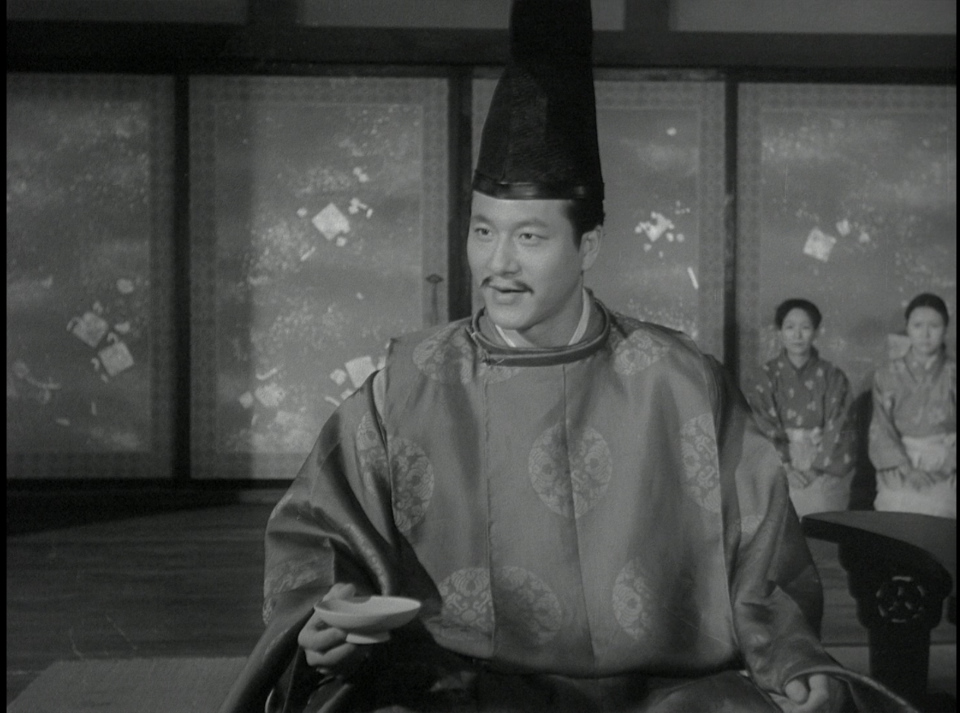 |
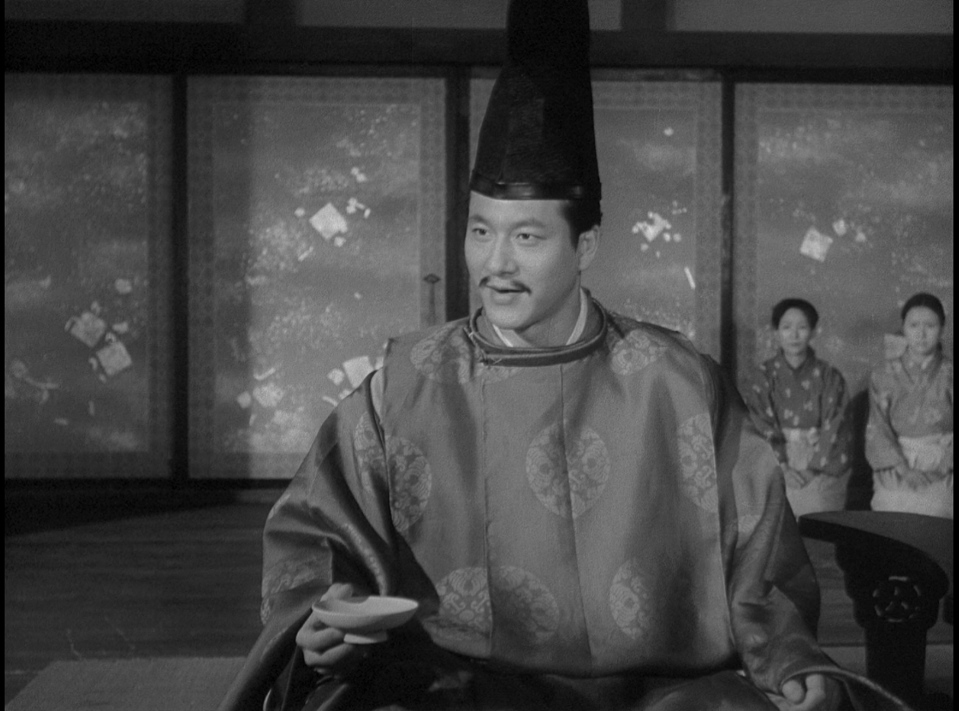 |
|
1) Criterion - Region 1 - NTSC TOP 2) Eureka (Masters of Cinema) - Region 2 - NTSC SECOND 3) Masters of Cinema - Region 'B' Blu-ray THIRD 4) Criterion - Region 'A' Blu-ray BOTTOM
NOTE: Damage? in the upper right corner of the MoC Blu-ray |
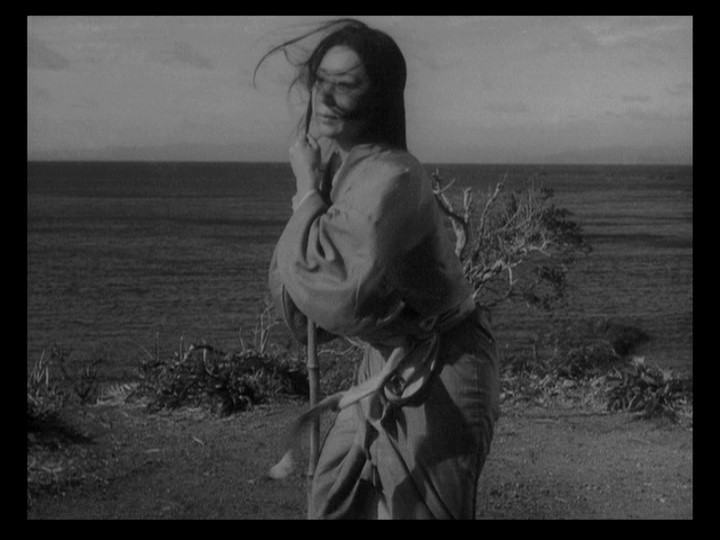 |
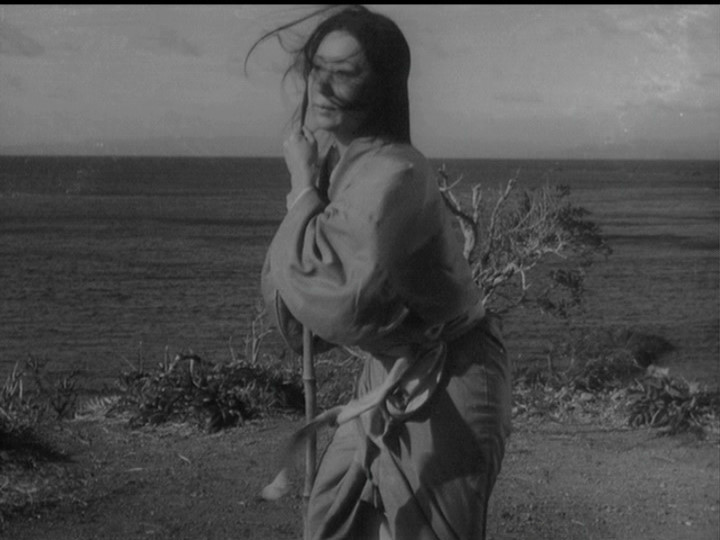 |
|
1) Criterion - Region 1 - NTSC TOP 2) Eureka (Masters of Cinema) - Region 2 - NTSC SECOND 3) Masters of Cinema - Region 'B' Blu-ray THIRD 4) Criterion - Region 'A' Blu-ray BOTTOM |
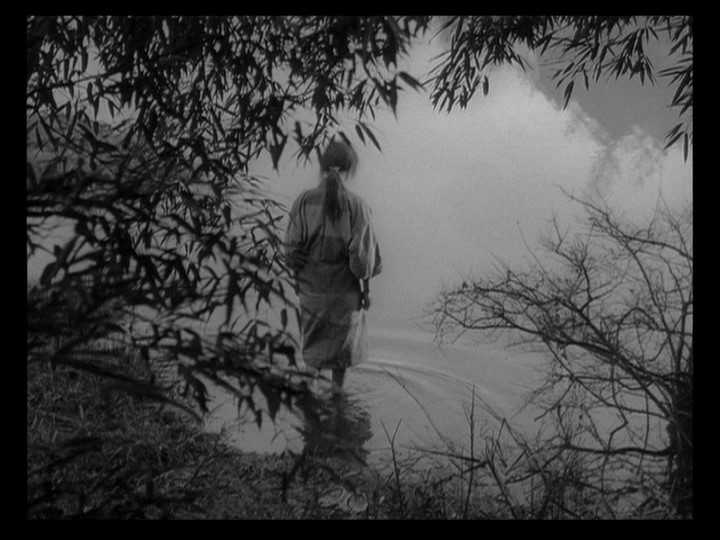 |
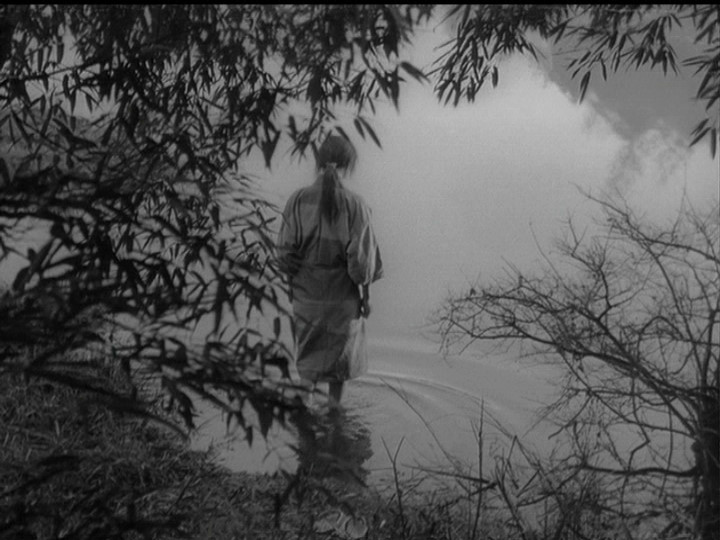 |
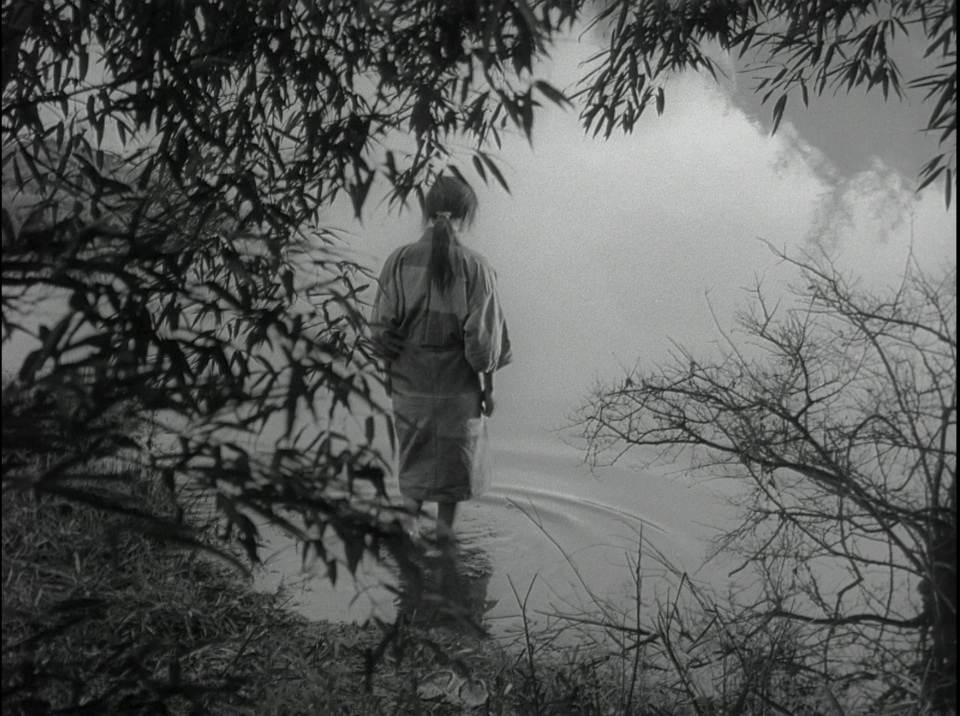 |
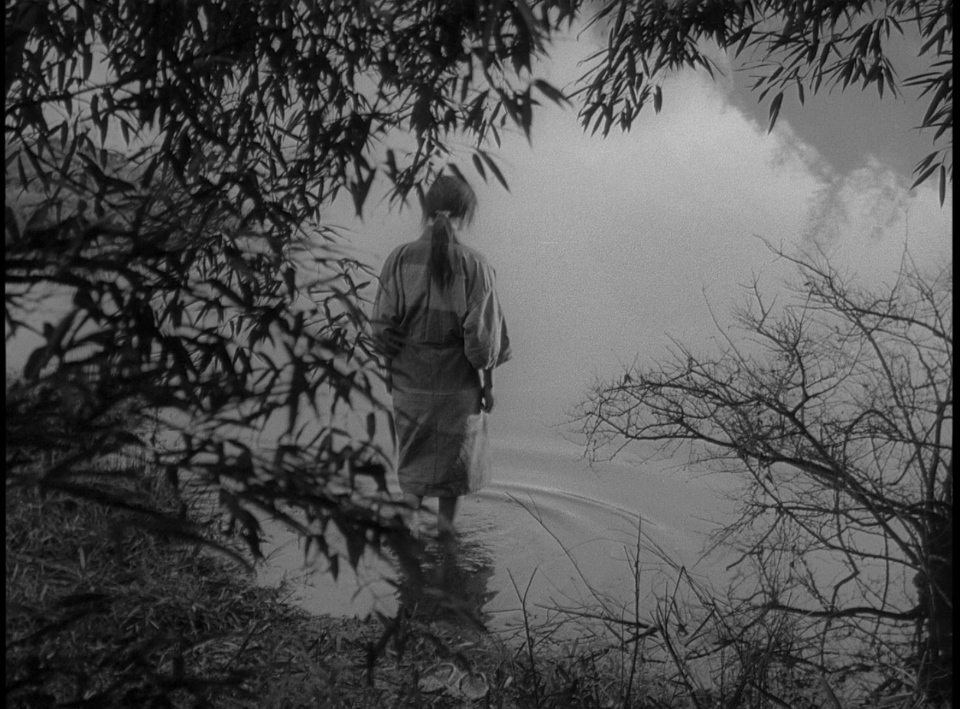 |
![]()
Gion Bayashi Captures (only available in the Masters of Cinema packages)
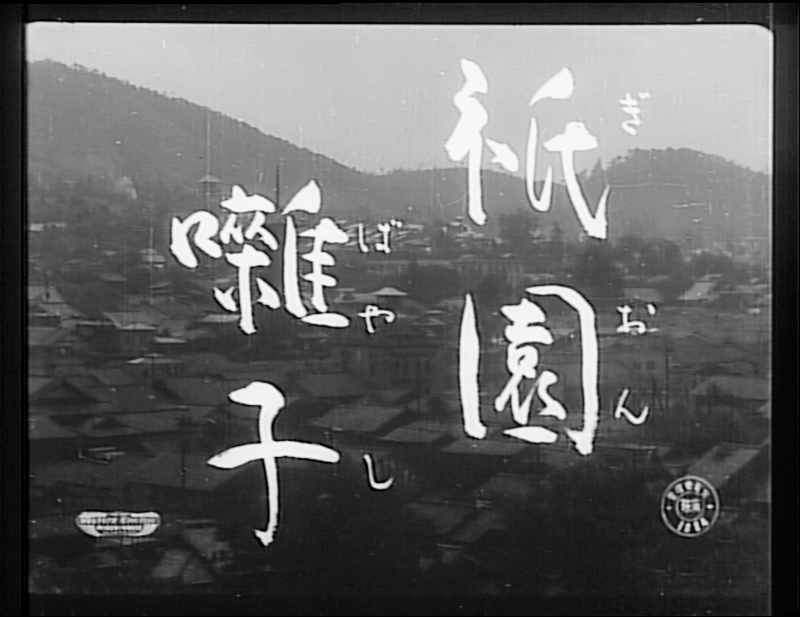 |
|
One of Mizoguchi's most affecting films, this concerns a geisha who takes a teenage novice under her wing and gives her gentle encouragement in rebelling against her fate at the hands of politicking, insensitive businessmen patrons. A hymn to women's mutual supportiveness, acutely aware that selling one's body is very different from selling one's emotions, and that sometimes it's just too late to change things for oneself. As elegantly made as ever, of course, and poignant in the extreme Excerpt from TimeOut Film Guide located HERE
A late (1953) masterpiece by the preeminent Japanese director, Kenji Mizoguchi (its Japanese title translates as Gion Festival Music). Mizoguchi treats his perennial theme--woman and her problematical place in a society that both exploits and idealizes her--through a story of a young girl's education as a geisha and her conflicts with an older sister. One of the few Mizoguchi films of the 50s with a contemporary setting, it is no less eternal in its mise-en-scene than Ugetsu or Sansho the Bailiff. |
|
1) Eureka (Masters of Cinema) - Region 2 - NTSC TOP 2) Masters of Cinema - Region 'B' Blu-ray BOTTOM |
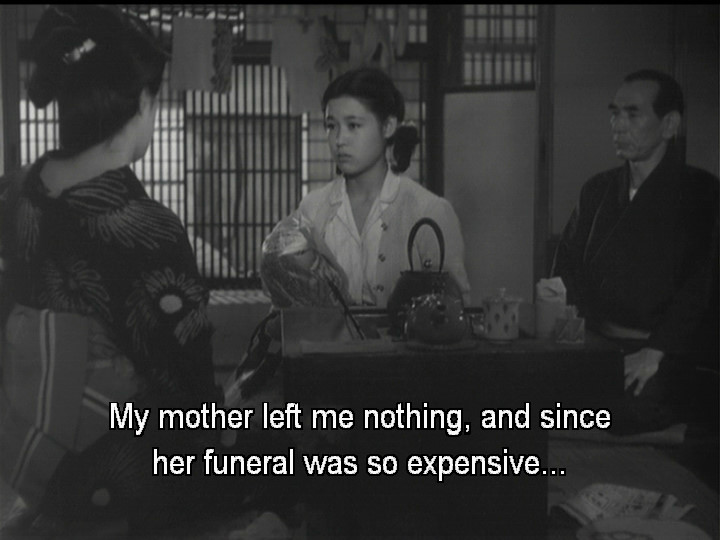 |
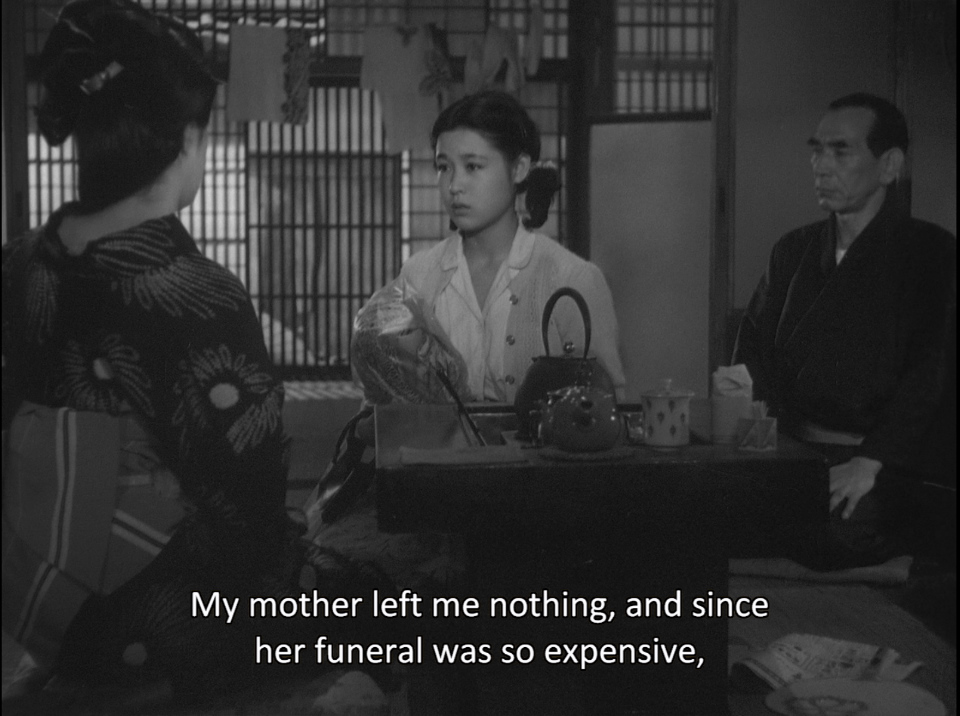 |
|
1) Eureka (Masters of Cinema) - Region 2 - NTSC TOP 2) Masters of Cinema - Region 'B' Blu-ray BOTTOM
|
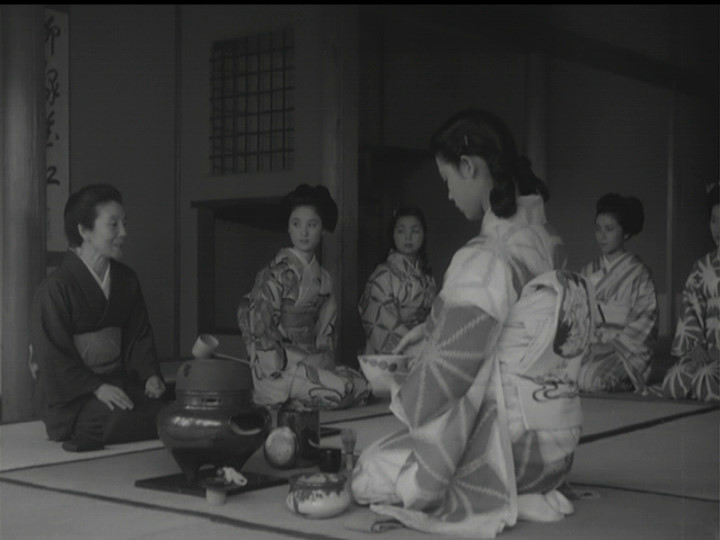 |
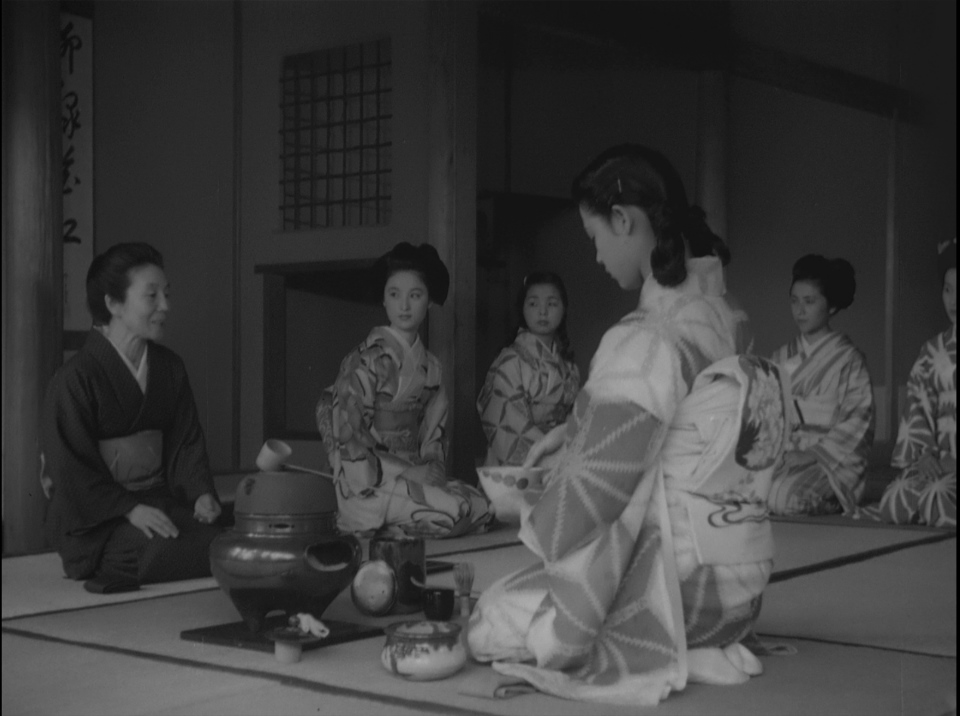 |
|
1) Eureka (Masters of Cinema) - Region 2 - NTSC TOP 2) Masters of Cinema - Region 'B' Blu-ray BOTTOM
|
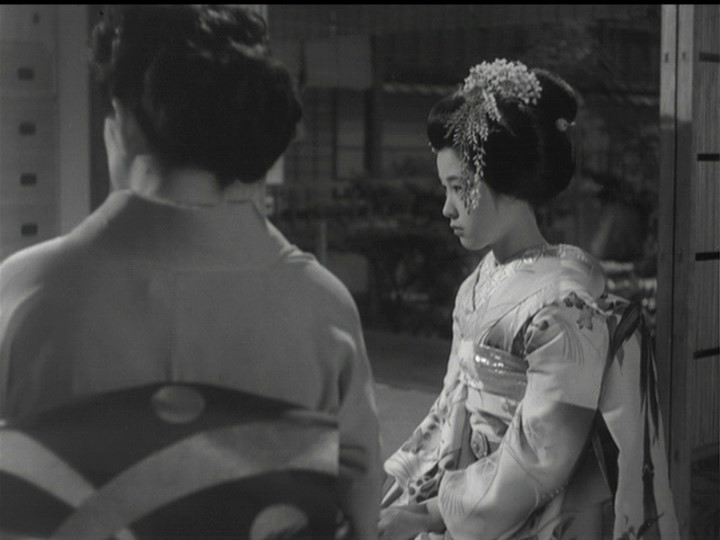 |
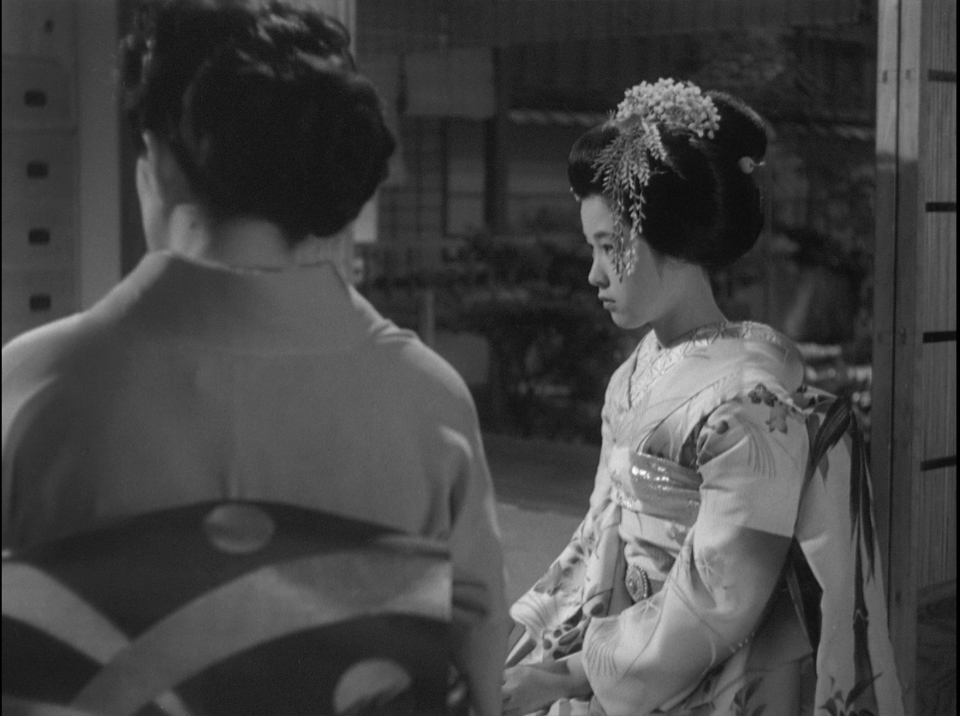 |
|
1) Eureka (Masters of Cinema) - Region 2 - NTSC TOP 2) Masters of Cinema - Region 'B' Blu-ray BOTTOM
|
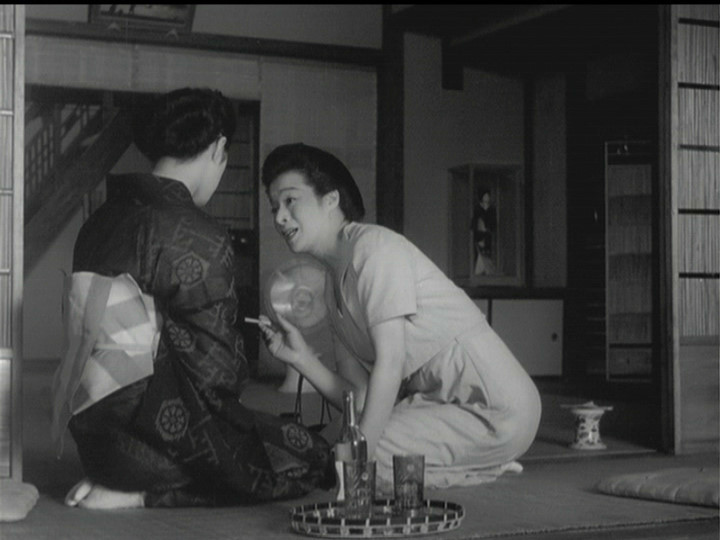 |
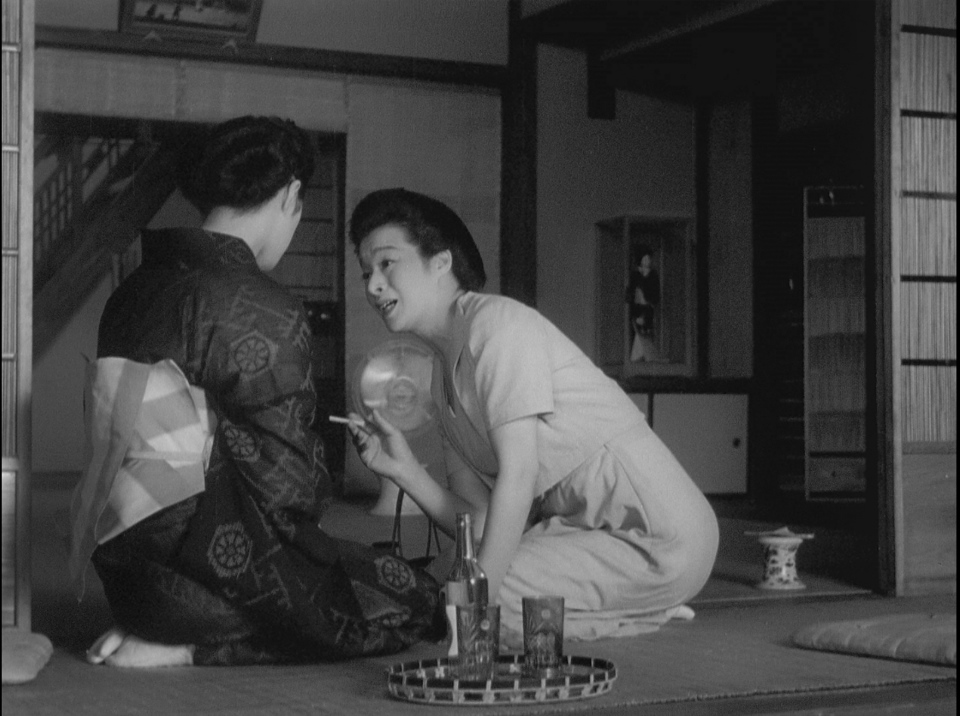 |
| Box Cover |
|
|
|
Coming to the UK by Criterion on Blu-ray in December 2025: |
| Distribution | Criterion Collection - Spine # 386 - Region 1 - NTSC | Eureka - Masters of Cinema Series - Spine #'s 54 + 55 - Region 2 - NTSC | Eureka (Masters of Cinema) Spine # 37 - Region 'B' - Blu-ray | Criterion Collection - Spine # 386 - Region 'A' - Blu-ray |
![]()
![]()

![]()
![]()


